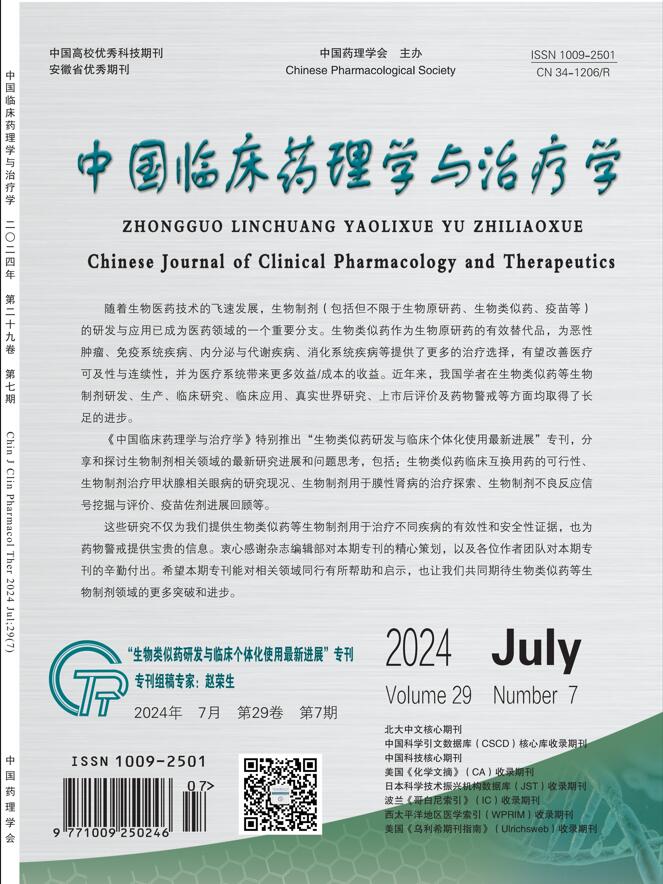AIM: To investigate the effects of epalrestat (Epa) on the mitochondrial oxidative stress damage of radiation pneumonitis (RP) mice and to explore its possible mechanism. METHODS: C57BL/6 mice were randomly divided into control (CON), Irradiation (IR), IR combined with Epa (10 mg/kg) and IR combined with Epa (20 mg/kg) group, 16 mice in each group. Mouse models of RP were established by whole thorax irradiation at a dose of 15Gy using a 6?MV linear accelerator. Continuous intragastric administration after IR for 6 or 8 weeks. Lung histopathology was analyzed by HE staining. The expression of aldose reductase (AR) was determined by immunohistochemistry. Mitochondrial morphology of lung tissues was observed by transmission electron microscopy. The levels of inflammatory cytokines (IL-6, TNF-α and TGF-β1) in plasma were detected by ELISA. The contents of Malondialdehyde (MDA) and 4-hydroxynonenal (4-HNE) in lung tissues were determined by colorimetry. Single cell suspension of lung tissues was prepared and reactive oxygen species (ROS) levels in the cells was examined using a DCFH-DA fluorescent probe. Real-time quantitative PCR was used to determine the expression of AR, IL-6, TNF-α and TGF-β1. The protein levels of AR, IL-6, TNF-α, TGF-β1, BAX, Bcl2, Cleaved Caspase-3,8-oxoguanine DNA glycosylase 1 (OGG1) and silent information regulator 3 (SIRT3) were detected by Western blot analysis. RESULTS: Compared with the CON group, the alveolar hyperplasia, alveolar septum thickening and inflammatory cell infiltration were observed in the IR group. Moreover, the content of inflammatory factors such as IL-6, TNF-α and TGF-β1 and the expression of BAX and Cleaved Caspase-3 were significantly increased, and the expression of Bcl2 was obviously decreased after irradiation. Compared with the IR group, Epa robustly alleviated RP. Meanwhile, Epa down-regulated inflammatory cells infiltration and the expression of inflammatory cytokines, such as IL-6, TNF-α and TGF-β1. In addition, Epa could down-regulate the expression of BAX and Cleaved Caspase-3, and up-regulate Bcl2 in lung tissues. Compared with the CON group, the expression of AR, the levels of ROS, MDA and 4-HNE were significantly increased, the expression of OGG1 and SIRT3 were significantly decreased, and mitochondrial damage was aggravated in the IR group. Compared with IR group, the expression of AR was significantly down-regulated, the levels of ROS, MDA and 4-HNE were significantly decreased, the expressions of OGG1 and SIRT3 were significantly increased, and the mitochondrial damage was significantly alleviated in IR group after 6 to 8 weeks of Epa administration. CONCLUSION: Epa has a protective effect on RP, which may be related to the inhibition of AR expression, the reduction of mitochondrial oxidative stress injury, and the inhibition of inflammatory response and cell apoptosis.


